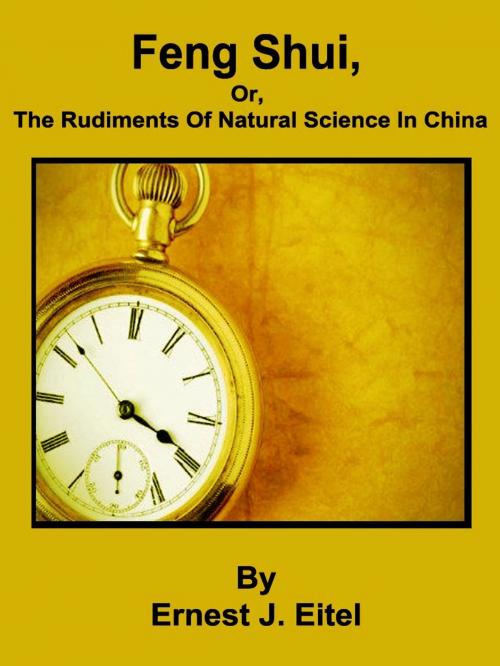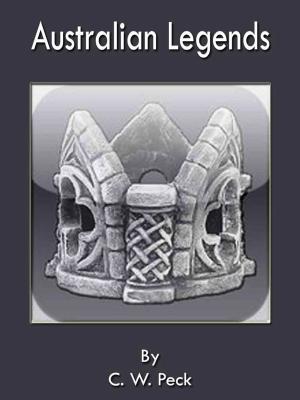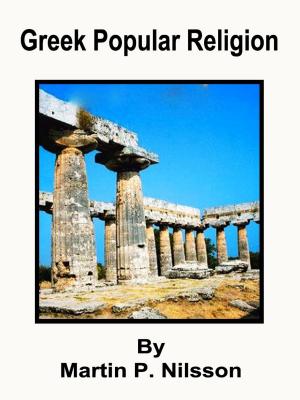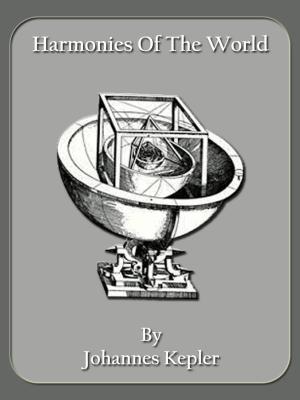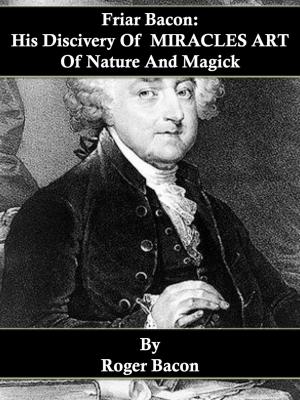Feng Shui, or, The Rudiments Of Natural Science In China
Nonfiction, Religion & Spirituality, Other Practices, Ethnic & Tribal, History, Civilization, Asian, China| Author: | Ernest J. Eitel | ISBN: | 1230001489866 |
| Publisher: | Bhoomi Digital Apps. | Publication: | January 3, 2017 |
| Imprint: | Language: | English |
| Author: | Ernest J. Eitel |
| ISBN: | 1230001489866 |
| Publisher: | Bhoomi Digital Apps. |
| Publication: | January 3, 2017 |
| Imprint: | |
| Language: | English |
Feng Shui, or, The Rudiments Of Natural Science In China
by Ernest J. Eitel
Feng Shui is much more than a way of arranging furniture for good luck. The Chinese geomancers have a very intricate set of beliefs with roots in Animism, Taoism and Confucianism. Feng shui teaches that the earth has rivers of energy, much like the meridians in the human body of the acupuncturists. Feng shui also takes into account stellar alignments, including some mysterious invisible stars in the north which don't seem to correspond to a present-day constellation.
Ancient monuments around the globe are well-known to be aligned by principles similar to this; for instance, the Pyramids of the Giza plateau form an enormous and very exact map of the belt of Orion. The ley lines of the English country-side link important sites from one end of the island to the other. And some believe that the strange layout of the streets of Washington DC have an arcane Masonic signficance. Whether or not you believe in geomancy, evidence of its use is all around us.
Feng Shui, or, The Rudiments Of Natural Science In China
by Ernest J. Eitel
Feng Shui is much more than a way of arranging furniture for good luck. The Chinese geomancers have a very intricate set of beliefs with roots in Animism, Taoism and Confucianism. Feng shui teaches that the earth has rivers of energy, much like the meridians in the human body of the acupuncturists. Feng shui also takes into account stellar alignments, including some mysterious invisible stars in the north which don't seem to correspond to a present-day constellation.
Ancient monuments around the globe are well-known to be aligned by principles similar to this; for instance, the Pyramids of the Giza plateau form an enormous and very exact map of the belt of Orion. The ley lines of the English country-side link important sites from one end of the island to the other. And some believe that the strange layout of the streets of Washington DC have an arcane Masonic signficance. Whether or not you believe in geomancy, evidence of its use is all around us.
